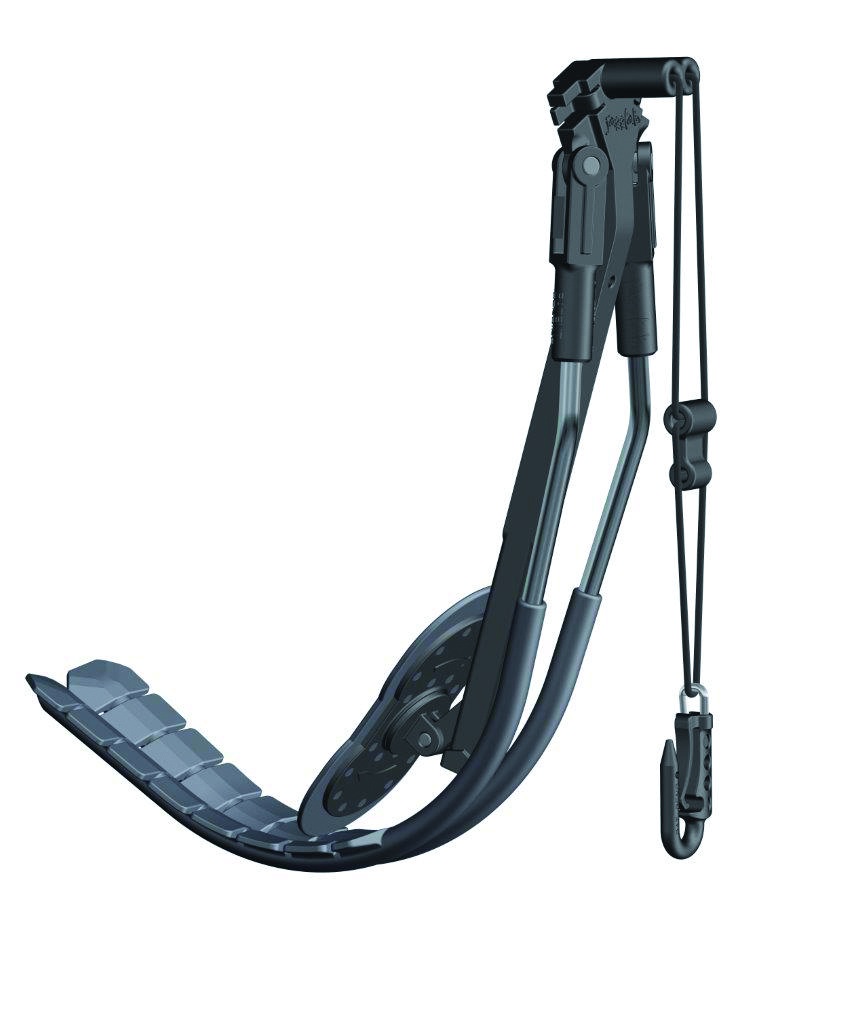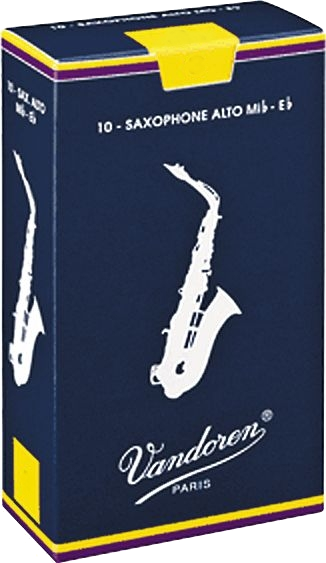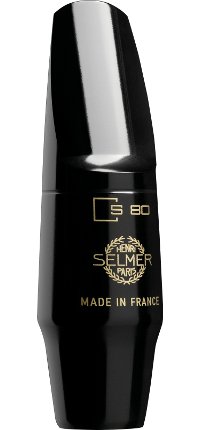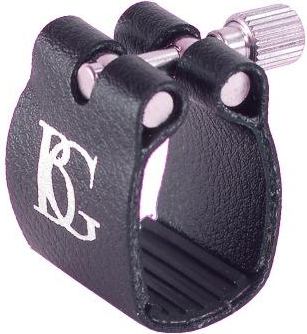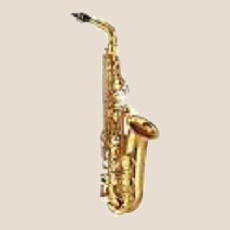History of the saxophone
Published : 2015-05-04 16:34:24
Categories :
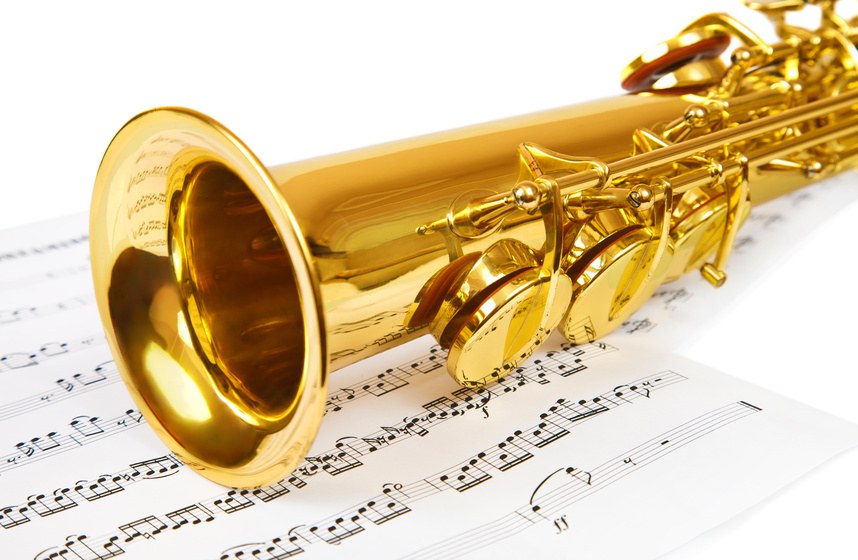
Are you new to saxophone? Do you already play it? Here is an overview of our wide range of alto saxophone accessories essential to any saxophonistCome and discover them on our website as well as the accessories Saxophone Tenor, Soprano and Bayrton !The saxophone is a wind instrument, with a simple reed, conical bore, and metal construction, from the wood family. The saxophone was created by Adolphe Sax, around 1840, in Dinant, Belgium.Initially reserved for military music, it was used by Rossini and Berlioz from the very beginning, and, despite heated controversies and lawsuits brought against the inventor, it quickly became part of the orchestra in France. Bizet employed him in 1873 in the "Arlesian". We can also mention Vincent d'Indy, Claude Debussy or Florent Schmitt. Ravel's "Bolero" plays tenor, sopranino and soprano saxophones in succession. However, the instrument only entered Germany at the beginning of the 20th century. Its clear and mellow sound, as well as its extraordinary agility, has made jazz a great pleasure since 1920, but has brought it into disrepute among "classical" music lovers. The Paris Conservatory class, created in 1857 by Adolphe Sax, was abolished and fortunately restored in 1942. Marcel Mule, founder of the "French school", took over as its director and also created an internationally renowned saxophone quartet. The rehabilitation of this instrument, and the prestige it enjoys among contemporary composers such as Berio, Nono, Boulez, among others, are entirely indebted to them. His repertoire is vast, and continues to expand in various musical styles, thanks to an easy game that lends itself to different techniques such as glissando, vibrato, timbre varieties.. 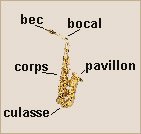 Saxophone descriptionIt consists of: a flared bell, a breech connecting the bell and the body in which the jar fits, then the mouthpiece. 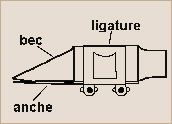 The spout is mounted on the cork sleeve, glued to the end of the jar. The spout is mounted on the cork sleeve, glued to the end of the jar. The reed is, as for the clarinet, fixed under the mouthpiece by a ligature. It is by beating against the beak in contact with the breath of the instrumentalist that this reed flap allows sound to occur. It is a transposing instrument that octavia. |

